











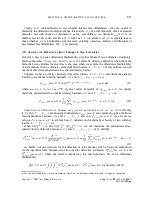
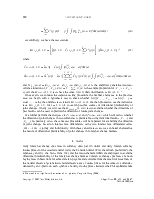
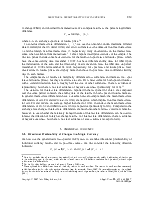
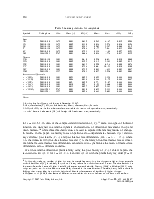
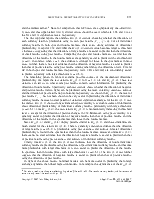
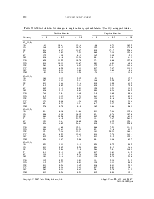
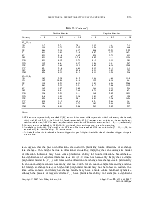
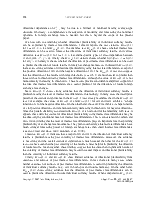
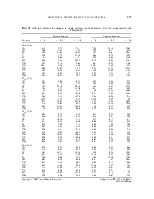
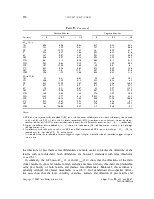
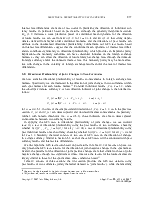
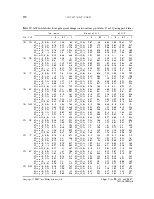
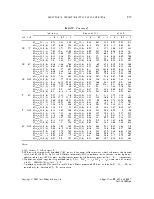
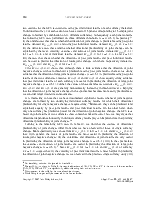
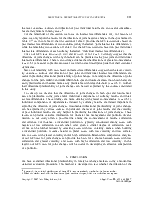
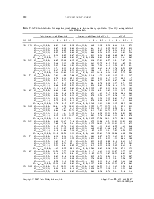
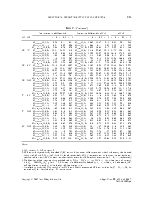
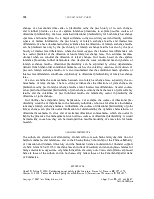
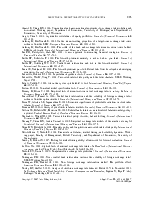

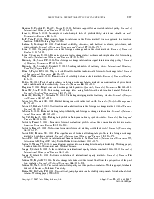
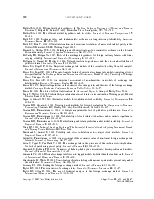
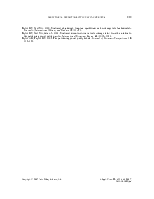


JOURNAL OF APPLIED ECONOMETRICS
![]() J. Appl.
Econ. 22: 855–889 (2007)
J. Appl.
Econ. 22: 855–889 (2007)
Published online in Wiley InterScience
(www.interscience.wiley.com) DOI: 10.1002/jae.965
MODEL-FREE EVALUATION OF DIRECTIONAL
PREDICTABILITY IN FOREIGN EXCHANGE MARKETS
JAEHUN CHUNGa AND YONGMIAO HONGb*
a Balance Sheet Measurement, Canadian Imperial Bank of Commerce, Toronto, Ontario, Canada b Department of Economics, Cornell University, Ithaca, New York, USA; Wang Yanan Institute for Studies in Economics,
Xiamen, China
SUMMARY
We examine directional predictability in foreign exchange markets using a model-free statistical evaluation procedure. Based on a sample of foreign exchange spot rates and futures prices in six major currencies, we document strong evidence that the directions of foreign exchange returns are predictable not only by the past history of foreign exchange returns, but also the past history of interest rate differentials, suggesting that the latter can be a useful predictor of the directions of future foreign exchange rates. This evidence becomes stronger when the direction of larger changes is considered. We further document that despite the weak conditional mean dynamics of foreign exchange returns, directional predictability can be explained by strong dependence derived from higher-order conditional moments such as the volatility, skewness and kurtosis of past foreign exchange returns. Moreover, the conditional mean dynamics of interest rate differentials contributes significantly to directional predictability. We also examine the co-movements between two foreign exchange rates, particularly the co-movements of joint large changes. There exists strong evidence that the directions of joint changes are predictable using past foreign exchange returns and interest rate differentials. Furthermore, both individual currency returns and interest rate differentials are also useful in predicting the directions of joint changes. Several sources can explain this directional predictability of joint changes, including the level and volatility of underlying currency returns. Copyright 2007 John Wiley & Sons, Ltd. Received 6 December 2005; Revised 14 August 2006
Since the seminal work of Meese and Rogoff (1983a), the efficiency of foreign exchange markets has been examined extensively. While market efficiency is an ongoing argument, it is widely viewed that it is difficult to beat the martingale model or the random walk model in predicting the conditional mean dynamics of foreign exchange rate changes (e.g., Diebold and Nason, 1990; Hsieh, 1988, 1989, 1993; McCurdy and Morgan, 1987; Meese and Rogoff, 1983a, 1983b; Meese and Rose, 1991). Most existing studies, however, are based on the tests of some forecast models or forecast rules. In other words, these studies examine the efficiency of models rather than data, and as a result their conclusions were model dependent. In addition, as Taylor (1995) has reported, such a model-driven test for the foreign exchange market efficiency seems elusive with the presence of risk premia and expectation errors. Therefore, it is highly desirable to evaluate the efficiency of foreign exchange markets using a model-free econometric procedure. In this paper, we examine
![]()
Ł Correspondence to: Yongmiao Hong, Department of Economics, Cornell University, 424 Uris Hall, Ithaca, NY
14850, USA. E-mail: yh20@cornell.edu
Contract/grant sponsor: Cheung Kong Scholarship of the Chinese Ministry of Education and Xiamen University. Contract/grant sponsor: National Science Foundation; Contract/grant number: SES-0111769.
Copyright 2007 John Wiley & Sons, Ltd.
directional predictability in foreign exchange markets using a class of new model-free evaluation procedures.
There are several reasons why the directional predictability of foreign exchange returns is important. First, from a statistical point of view, it may be relatively easier to predict the direction of changes. Directional predictability depends on all conditional moments rather than merely the conditional mean of the foreign exchange rate changes (Christoffersen and Diebold, 2002; Hong and Chung, 2006). Thus, the forecasts of the direction of changes may be easier than the forecasts of the conditional mean. Cheung et al. (2005) have shown that certain structural models outperform the random walk with statistical significance in foreign exchange markets when evaluated on direction-of-change criteria, although they are less able to forecast the conditional mean dynamics of the foreign exchange rate changes (see also Breen et al., 1989; Engel 1994; Kuan and Liu, 1995; Larsen and Wozniak, 1995; Leitch and Tanner, 1991, 1995; Pesaran and Timmermann, 1995, 2002; Shephard and Rydberg, 2003; Satchell and Timmermann, 1995; for more related discussions).
Уважаемый посетитель!
Чтобы распечатать файл, скачайте его (в формате Word).
Ссылка на скачивание - внизу страницы.